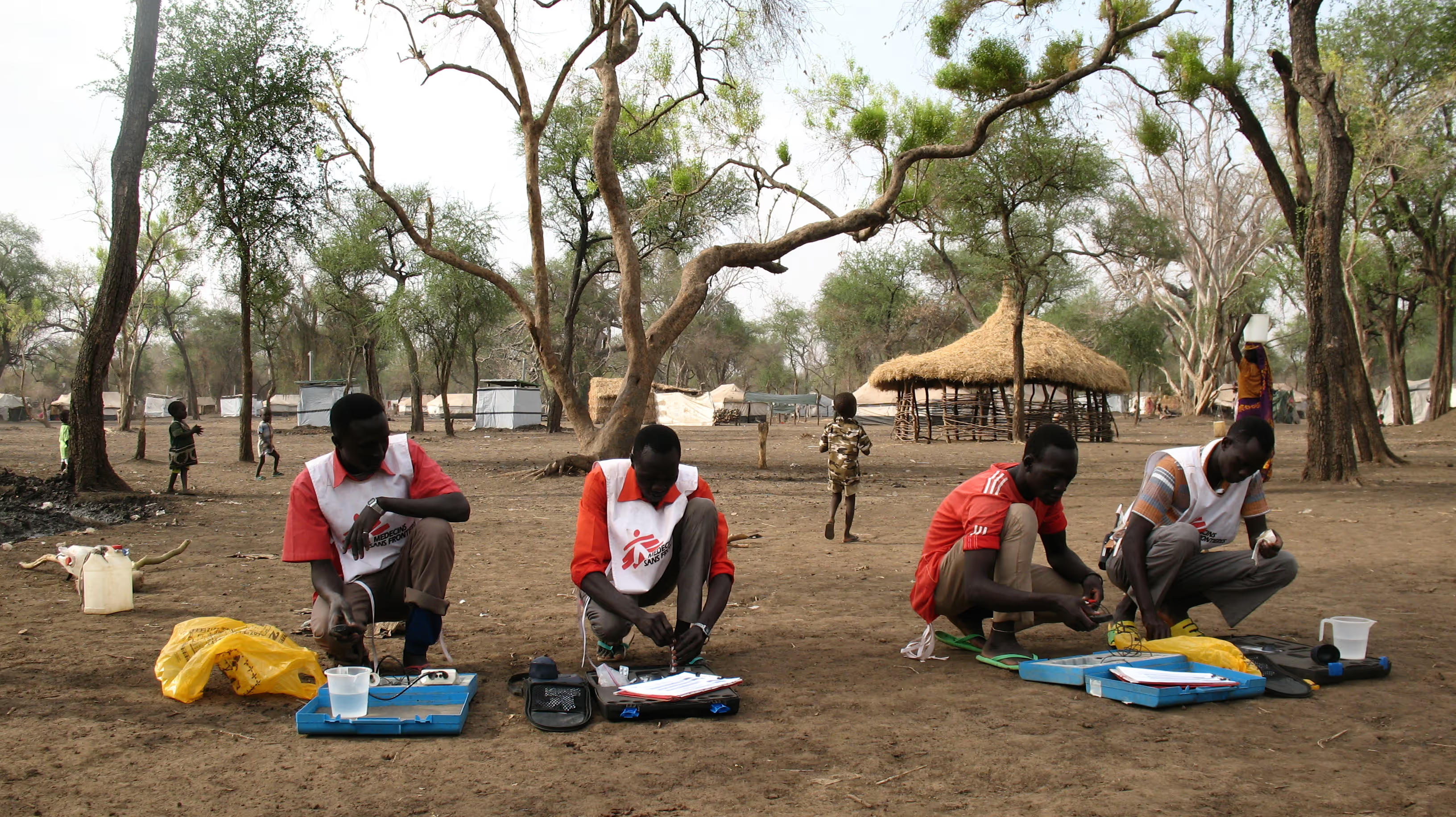Evidence-based chlorination targets for household water safety in humanitarian settings

The current Sphere guideline for water chlorination in humanitarian emergencies fails to reliably ensure household water safety in refugee camps.
The Dahdaleh Institute for Global Health Research together with Doctors without Borders (MSF) and Development Impact Lab investigated post-distribution chlorine decay and household water safety in refugee camps in South Sudan, Jordan, and Rwanda between 2013-2015. Their goal was to demonstrate an approach for generating site-specific and evidence-based chlorination targets that better ensure household water safety than the status quo Sphere guideline.
In each of the four field studies conducted, the team observed how water quality changed between distribution and point of consumption (at the household). By post-distribution chlorine decay modelling they generated estimates on what free residual chlorine (FRC) levels must be at water distribution points, in order to provide adequate FRC protection up to the point of consumption in households many hours later at each site.
Site-specific and evidence-based chlorination targets generated from post-distribution chlorine decay modelling could help improve household water safety and public health outcomes in refugee camp settings where the current Sphere chlorination guideline does not provide adequate residual protection. Water quality monitoring in refugee and internally displaced person camps should shift focus from distribution points to household points of consumption in order to monitor if safe water here is being achieved.
Read the article here to find out more about how this team conducted the research and what they found.